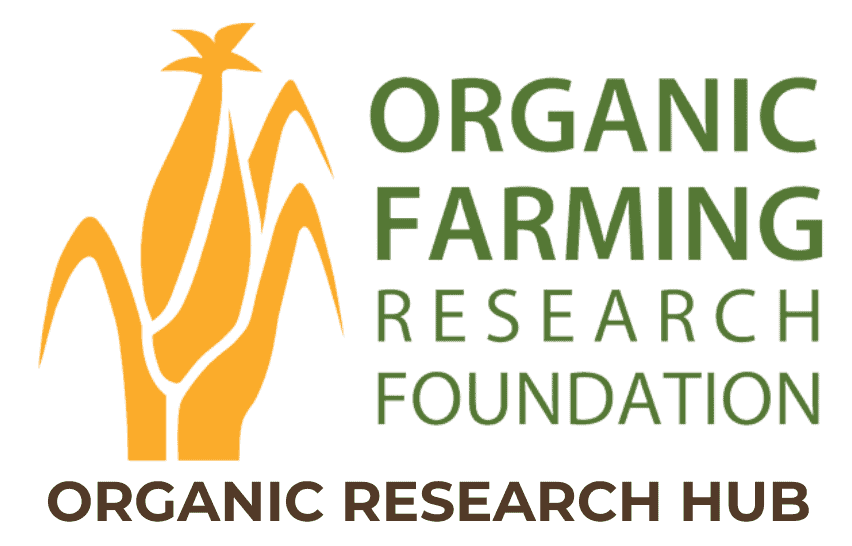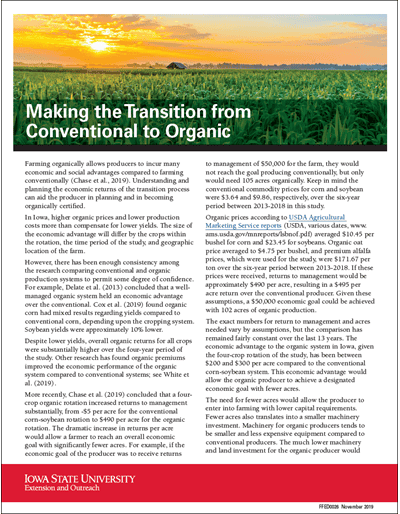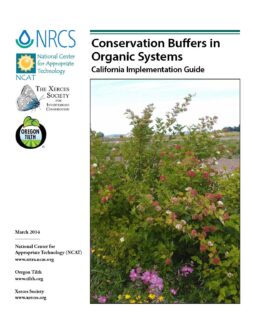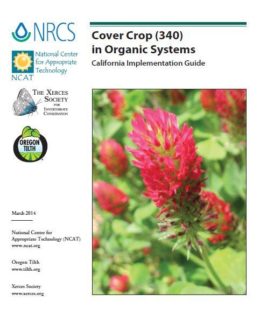Statistical review of California’s organic agriculture
Karen Klonsky, University of California, Davis

The increasing size and popularity of organic farming has led to much discussion and speculation. Farmers, agribusinesses, policymakers, public interest groups, educators, researchers, and investors all need reliable information on organic agriculture to make well-informed decisions about business strategies, teaching and research plans, and institutional policies. Statistical analyses of organic farming provide essential information for these decisions.
Statistical analyses of California’s organic agriculture are possible because of the California Organic Foods Act (COFA), which became law in 1990. COFA’s main purpose was to protect producers, processors, handlers, and consumers by ensuring that foods labeled and sold as organic were genuinely so. Therefore, standards and procedures were established to regulate the production, processing, handling, and labeling of organic products.
As part of these regulations, COFA requires annual registration of all processors, growers, and handlers of products labeled as organic. Processors register with the Organic Program of the Food and Drug Branch of the state Department of Health Services (DHS). Growers and handlers register annually with the Organic Program managed by the California Department of Food and Agriculture (CDFA). The data presented here comes from CDFA registration forms collected during the program’s first three years (1992-93, 1993-94, and 1994-95). This information was reported to CDFA by growers and handlers and should be considered the best available estimates, keeping in mind possible limitations of the data (see Chapter 3).
Data is reported separately for “registered” organic farms (and handlers) and for “certified” organic farms. The registered category includes certified farms, but state registration is separate from, and not a replacement for, organic certification. Registration is required by state law. Certification is done through private organizations and is currently voluntary. Almost all large organic farm operations in California are both certified and registered; many small ones are not.
Certification requirements will change when national standards for organic agriculture are developed under the federal Organic Foods Production Act of 1990 (OFPA). Federal regulations have been under development since 1990 and have not yet been finalized (See executive summary section “Proposed Federal Regulations”).
For both registered and certified categories in this report, California is divided into seven geographical regions based on those used by CDFA. Additionally, the main commodity groups used by CDFA in its annual statistics are used here, with the exception of a combined fruit, nut, and vegetable crop group. This combined group was necessary because some growers reported their production in a way that made it impossible to separate their acreage and sales totals into the main commodity groups.
Region
Western
Topic
Business and Marketing
Date Range
2000 and earlier
Funding Amount
$4,600
Funding Year
1995Location
Davis, California
Collaborators
Laura Tourte, University of California, Davis



